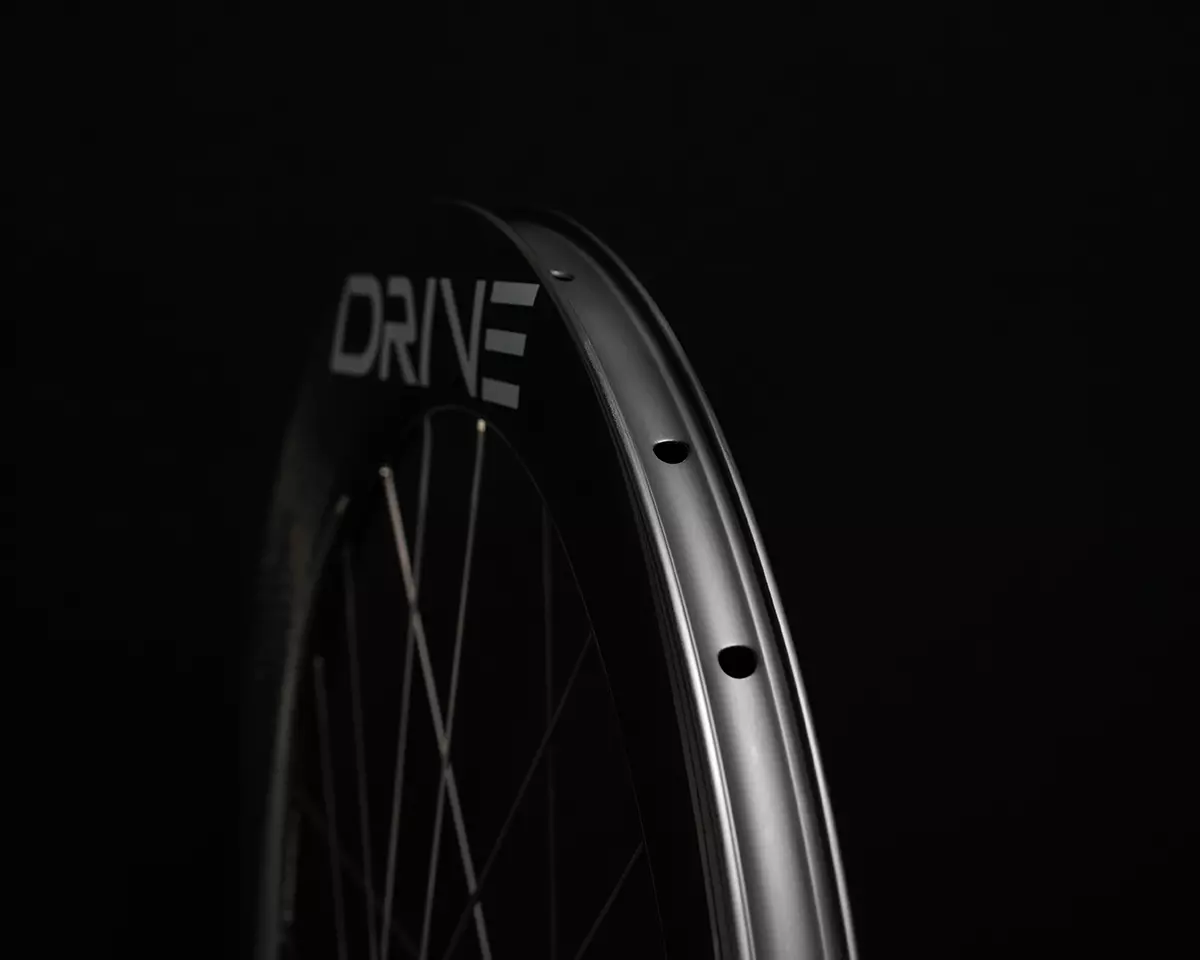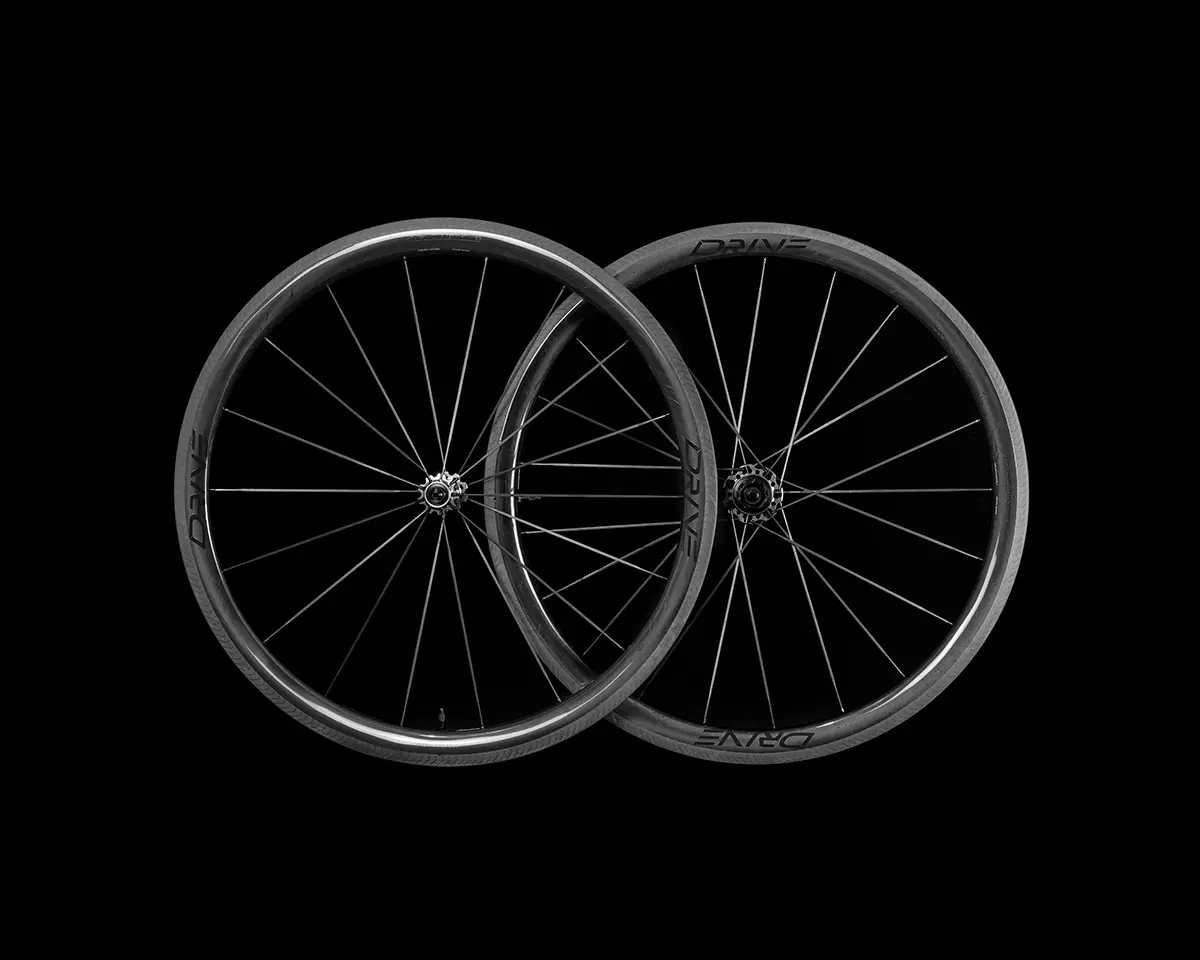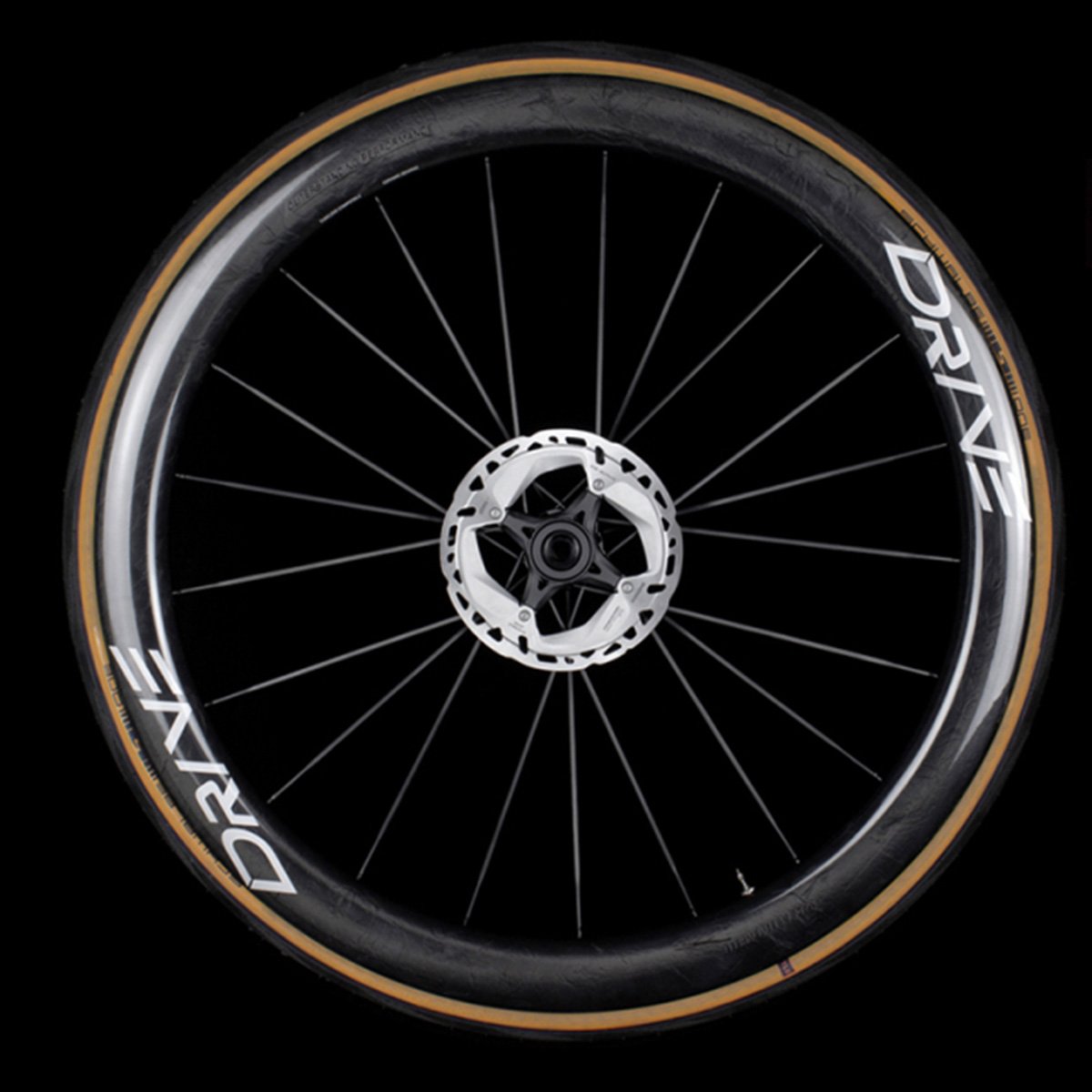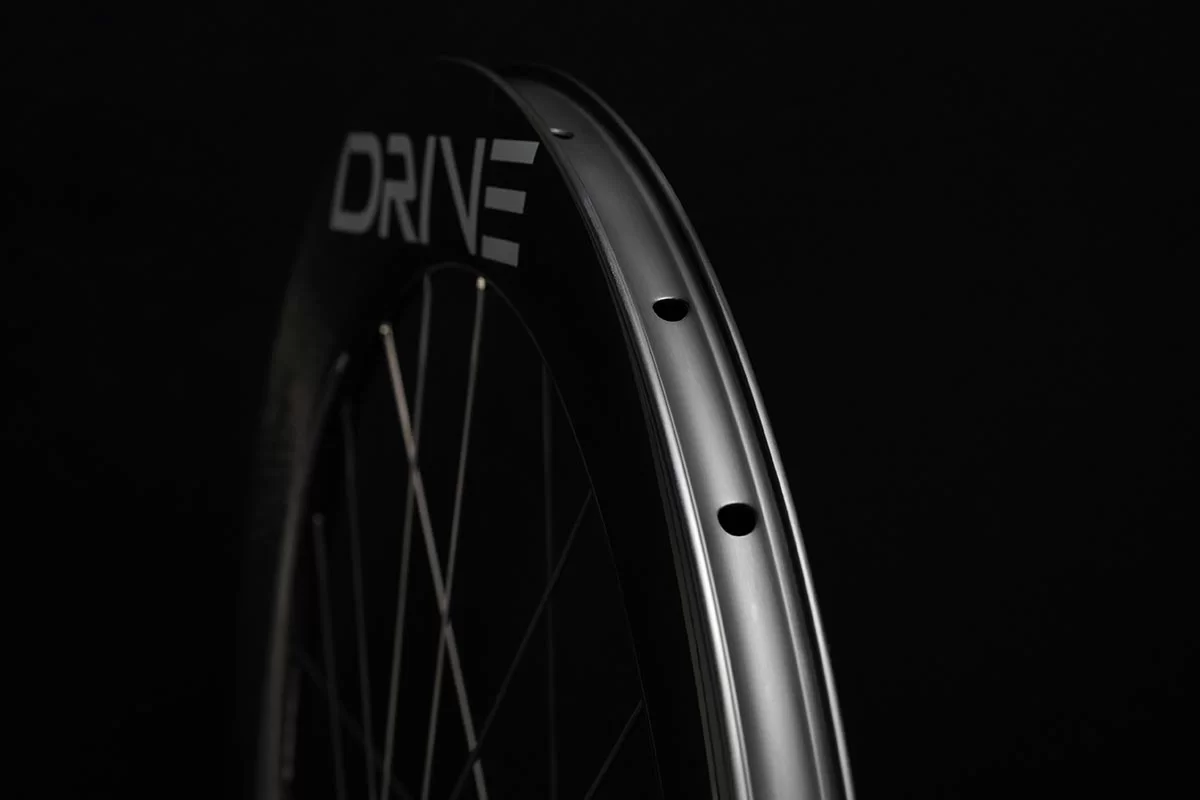
An Important Decision
Just like the choice or which bike wheels to get, one of the many decisions we face in cycling is which kind of tires to use. New riders may not know the benefits and drawbacks to each, especially when taking into account carbon rims. In this article, we will briefly explain the differences and let you decide.
What to look for in a tire
There are several qualities that can make a tire good for riding. These are good traction, lightweight, puncture-resistance, comfort, ease of use, durability. While no tire is best in all categories, there is a need to compromise. Different types of tires better suit different types of riding. This is, however, out of the scope of this article. The three main tire types, clincher, tubeless, and tubular all have different properties that make them excellent choices. Let’s dive in.

Clincher tires
Clinchers are possibly the most popular option when it comes to road bike tires. Most of them are folding tires, meaning they can be folded up. This is also true with tubeless and tubular tires, though some clinchers are non-folding tires as they use a steel bead. The tires are designed so that when they are inflated, the bead interlocks with the flange on your wheel rim. Clincher tires all require an inner tube. They are compatible with both allow and carbon, non-tubular wheels.
Pros
Clinchers are tried and tested. They have been around for decades and are relatively easy to repair if you get a flat tire. All you need is a mini-pump and a patch kit for most punctures. Large punctures might require you to replace the inner tube. It is a relatively straightforward process. These tires tend to be cheaper and can be found at virtually every bike shop. They are the most common type of tire at the moment. A wide variety of inner tubes are available. They are either made of butyl or latex. All of Elitewheels’ carbon road wheels support clincher tires.
Cons
While clincher tires have many merits, they do come with a few drawbacks. They are more prone to flats as compared to tubeless tires as they cannot automatically seal small punctures with the help of sealant. In the case of rim brakes, one is using a rim with a carbon braking surface, they can be more prone to flats with improper braking technique while descending, especially in hot weather. This, however, is a non-issue if you are using disc brakes, as disc brakes do not brake against the carbon rim.

Tubeless tires
Tubeless tires have been common on mountain bikes for a while. More recently they have become more popular among road riders. They name describes how the system works, there is no inner tube. With tubeless tape on the rim itself, the tire and wheel can effectively form a seal. Tubeless wheels are all compatible with clincher tires, but not all clincher wheels are compatible with tubeless tires. All of Elitewheels’ carbon wheels are tubless ready.
Pros
One of the most attractive benefits to tubeless tires is the fact that they have the ability to automatically fix punctures when out riding. This can give riders extra assurance and make the ride a little safer and straightforward if a flat were to occur. Tubeless tires can also be run at lower pressures, making the ride more comfortable.
Cons
Use of tubeless tires has many benefits, though depending on the tubeless wheels and tires you are using, it can be difficult to inflate using a floor pump alone. There is a technique to inflating a tubeless tire, and in some cases there is a learning curve. In situations when a floor pump is insufficient, an air compressor might be necessary. In some situations, it is possible that there could be a mess with sealant. When out riding, it is still recommended that riders take a spare tube and tire levers just in case there is a flat. Tubeless tires with sealant can fix most punctures, but not all.
Tubular Tires
The last type of tire covered in this article is tubular. These have been around the longest. The tire is physically glued to the surface of the wheel, though today certain double-sided tapes are available. These are most commonly used by professional riders.
Pros
Tubular tires have a few significant benefits. The first is that when they are paired with tubular wheels, the system can be made lighter than their tubeless and clincher counterparts. Hundreds of grams can be saved from the total weight of a bike. The is important for professional cyclists, as their bikes can get closer to the UCI’s 6.8kg limit. The other advantage is that they do not suffer the same blowout issues that can occur on some rims due to overheating. In the event of a flat, it is essentially impossible for the tire to go off the rim.
Cons
Just like the other two types of tires discussed, tubular tires do have their drawbacks. They tend to be the most expensive and the most difficult to find at a bike shop. Many do not carry them. Contrary to popular belief, in some cases, they can be filled with sealant giving them more puncture resistance, but in many cases it is not possible. The tires can be more difficult to install, but due to the advent of tubular tape, it is much easier than before.




